 When I inside and outside my “self”, I see one thing: fractals. Fractals explain to me the microcosm and the macrocosm that our cells, bodies, societies, galaxies, and possibly universes and beyond, are a part of.
When I inside and outside my “self”, I see one thing: fractals. Fractals explain to me the microcosm and the macrocosm that our cells, bodies, societies, galaxies, and possibly universes and beyond, are a part of.
Have you seen the “Power of Ten” clip? This is a MUST. It zooms out at the power of 10 every second out to the edge of our universe and then zooms into through to the quantum quark inside your hand. Out of every youtube clip I’ve ever posted on this blog, this is my favourite:
[youtube]http://www.youtube.com/watch?v=0fKBhvDjuy0[/youtube]
Compare this adventure in our universe to the Mandelbrot Fractal Adventure I last week and tell me what you think … are we fractals?
This is one more clip worth watching that explores this question:
[youtube]http://www.youtube.com/watch?v=bE2EiI-UfsE[/youtube]
Fractal patterns seem to surround us as far out into the universe and as deep into our cells as far as our technology allows us to see.
From relationships within cells to between cells, within people to between people, within societies to between societies, within nations to between nations, within our planet, solar system, galaxy, universe – there are clear patterns: patterns of complexity and nothingness, of ones and zeros, of peace and conflict, patterns of a dance between polar opposites that are two sides to one coin.
In bridging finite (area) with infinite (perimeter), does the fractal pattern provide a metaphor of how what seems impossible, actually be possible? What implications might this have for philosophical discussions about good and evil, determinism vs in-determinism, individualism vs in-separateness?
Is what some people call “God”, a personification of the fractal?
Is it just me or is the idea of fractals an incredible way to think about the connection between our cells, our universe, and our “selves”!!!
Image taken from http://bidhanr.wordpress.com/2010/09/13/fractals/
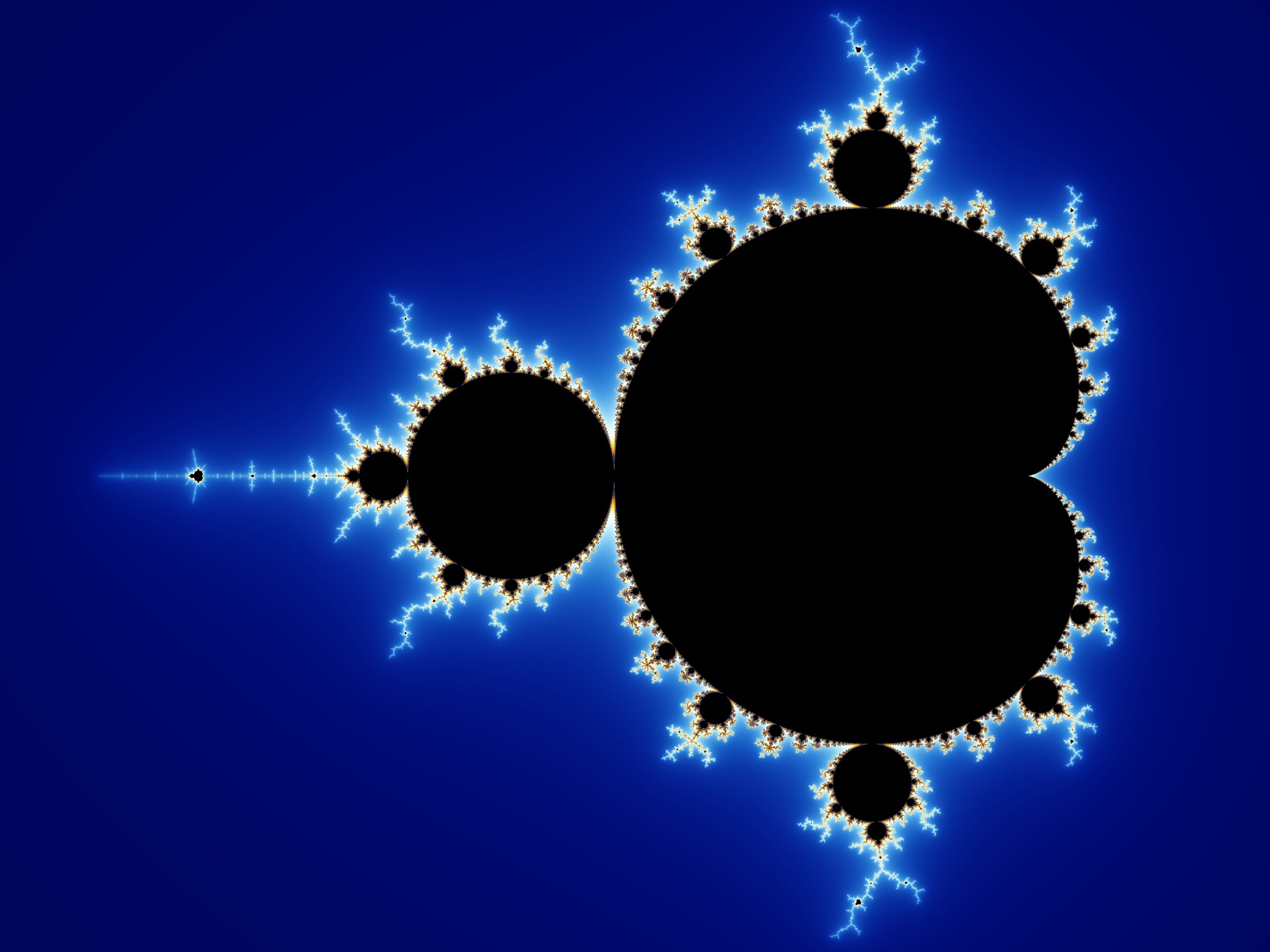
 A fractal is a shape that you can split into parts, zoom in, and discover the same or similar shape, times infinity. It’s almost magic, this pattern which extends outward and inward, seemingly to infinity. I’ll use the Koch Snowflake among others examples of fractals to introduce what I find a very exciting concept it to you.
A fractal is a shape that you can split into parts, zoom in, and discover the same or similar shape, times infinity. It’s almost magic, this pattern which extends outward and inward, seemingly to infinity. I’ll use the Koch Snowflake among others examples of fractals to introduce what I find a very exciting concept it to you.




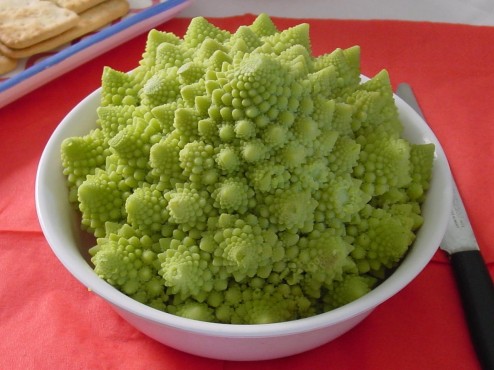
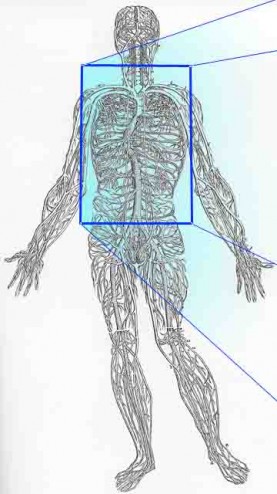
 Closer look at lightning
Closer look at lightning


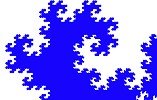
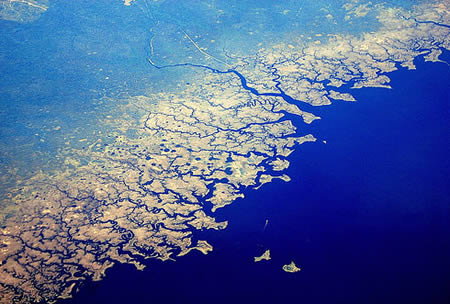
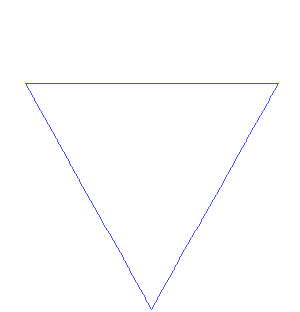 [9]
[9]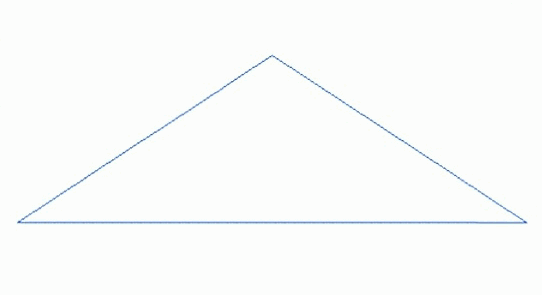 [10]
[10]